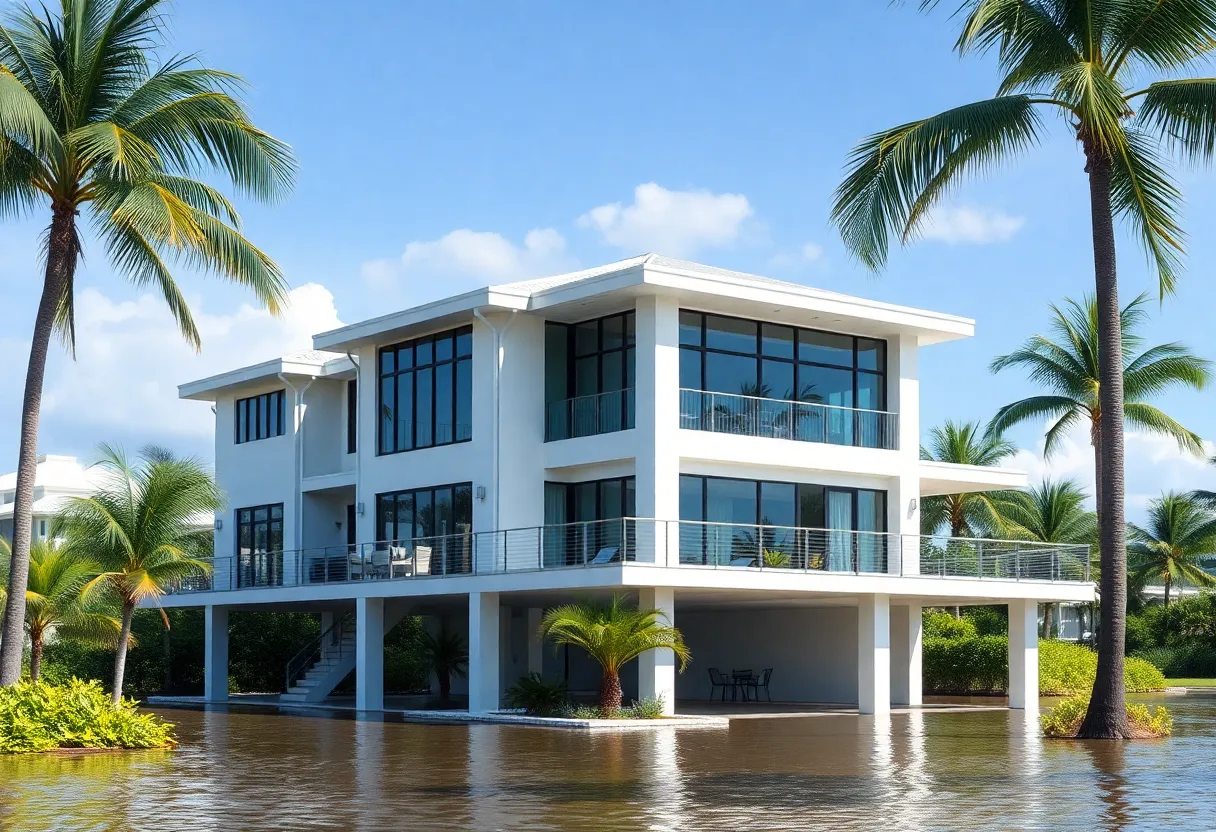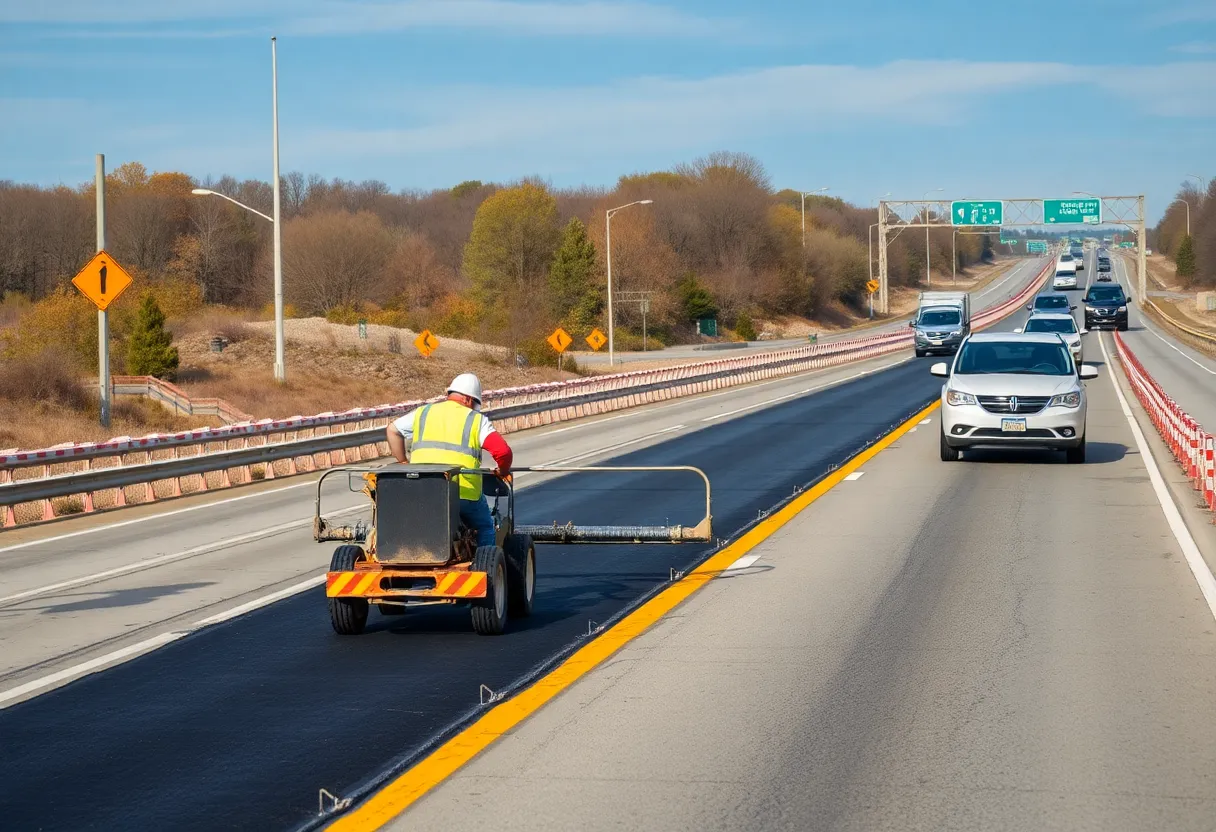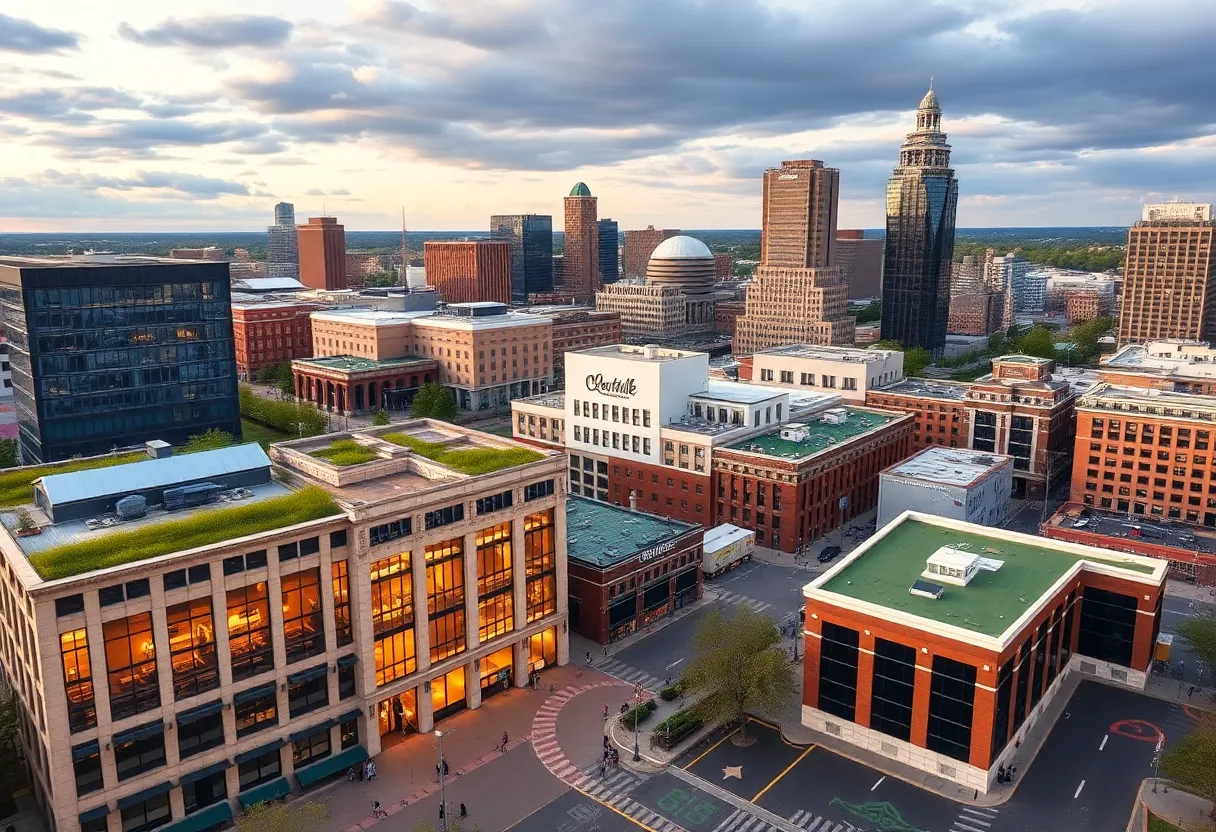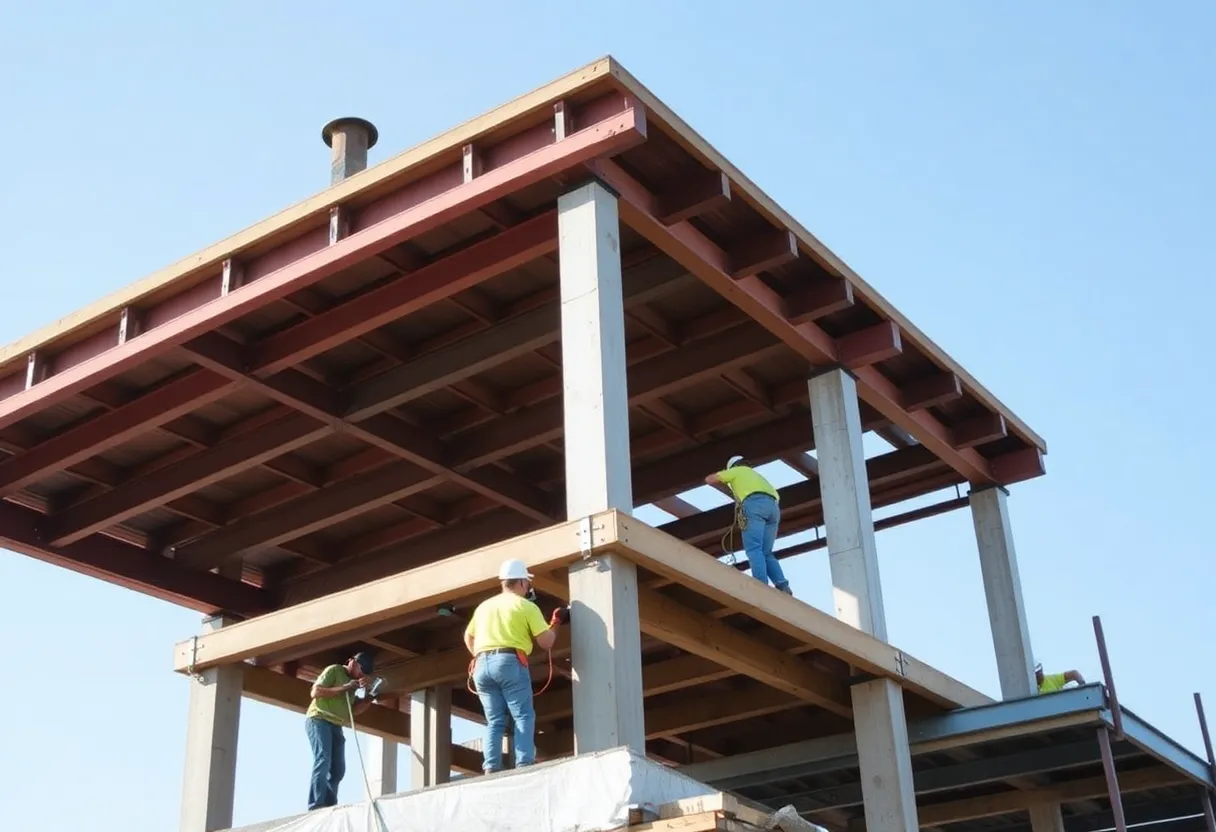News Summary
Florida’s building practices are adapting to address the increasing severity of hurricanes, with a focus on creating hurricane-resistant homes. As the 2025 hurricane season approaches, over 30% of new homes comply with advanced standards aimed at enhancing resilience. Structural upgrades, such as reinforced doors and impact-resistant windows, may lead to higher initial costs but promise long-term savings on insurance. Communities like Hunters Point exemplify successful modern construction techniques designed to withstand severe storms, emphasizing the importance of resilient neighborhoods in protecting citizens.
Florida’s Building Practices Evolve to Combat Increasingly Severe Hurricane Threats
As hurricanes grow in frequency and intensity, new building practices in Florida are prioritizing resilience over traditional construction methods. With predictions indicating an above-average intensity for the upcoming 2025 hurricane season, the shift towards constructing hurricane-resistant homes is becoming crucial. Florida, the state most vulnerable to hurricanes, has experienced over 40 significant weather events in the past decade, prompting urgent action among builders and communities.
Rising Standards in Home Construction
More than 30% of new homes constructed in Florida’s coastal counties since 2020 comply with advanced hurricane-resistant standards. This trend often surpasses existing state building codes. Essential structural upgrades are becoming commonplace, with features like reinforced garage doors, impact-resistant windows, interlocking roofs, and improved flood drainage systems ensuring homes are better equipped to withstand the fury of hurricanes.
Although investing in these enhancements can elevate home costs by 10% to 20% compared to conventional constructions, long-term financial benefits emerge through substantial insurance savings. Monthly flood insurance can skyrocket to between $10,000 and $15,000 annually, making the case for adopting storm-proof upgrades compelling for homeowners.
Identifying Vulnerabilities
Research indicates that unreinforced roofs, standard windows and doors, and unprotected garage doors are the most susceptible components during a hurricane. To address these vulnerabilities effectively, homeowners may need to invest an additional sum ranging from $15,000 to $40,000. However, this proactive approach can be vital in preventing catastrophic losses during extreme weather events, offering peace of mind when it matters most.
Emerging Trends in Construction Materials
In response to the demand for fortified homes, there has been a noticeable increase in the availability of certified materials suitable for extreme weather conditions. New engineering guidelines dedicated to hurricane-resistant construction techniques are proliferating across the industry, further emphasizing the commitment to safety and sustainability.
Hunters Point, a community in Cortez, Florida, serves as an ideal example of the shift towards resilient building practices. Since its construction in 2022, the community has withstood four hurricanes, showcasing the efficacy of modern construction approaches. Homes in Hunters Point are designed to be situated 16 feet above the flood zone and are equipped with steel roofs and hurricane-grade impact-resistant glass, enhancing their ability to withstand severe storms.
Advancements in Construction Technology
Modern builders like OnX Homes focus on creating innovative structures crafted from steel-reinforced concrete, which can endure Category 5 hurricanes. Homes from OnX boast elevation of 5 to 7 feet above standard flood zones and include features like solar panels and advanced water retention systems. These advancements demonstrate a commitment to energy efficiency and sustainability while addressing the threats posed by hurricanes.
The industry is also incorporating experimental facilities and wind tunnels to explore cost-effective, wind-resilient building methods. With ongoing building code improvements designed to enhance wind resistance without significantly amplifying construction costs, the construction landscape is shifting towards smarter solutions.
The Value of Community Resilience
Communities focusing on wind resilience hold the potential to remain operational and economically viable even after a storm. This holistic approach contrasts with isolated homes that may individually withstand high winds, showcasing the value of constructing resilient neighborhoods. The 2023 hurricane season, which witnessed 18 named storms and several Category 5 hurricanes, underscores the pressing need for such advancements in Florida’s building practices.
As the state adapts to a future marked by severe weather events, the importance of building homes that can resist the forces of nature has never been more urgent. By prioritizing resilient construction methods, Florida is not only safeguarding homes but also investing in the safety and well-being of its communities for generations to come.
Deeper Dive: News & Info About This Topic
Construction FL Resources
Additional Resources
- US Glass: Florida’s Hunters Point Emerges as Model for Hurricane-Resistant Construction
- WCJB: University of Florida Researches Wind-Resilient Construction Methods Using Hurricane Data
- Click Orlando: These Homes are Built to Withstand Category 5 Hurricane Winds
- Housing Notes: Hurricane-Proof Construction Will Polarize Florida’s Housing Stock and Values
- Florida Trend: Storms Be Damned, Florida Keeps Building in High-Risk Areas
- Wikipedia: Hurricane Resistant Construction
- Google Search: Hurricane Resistant Building Techniques
- Google Scholar: Hurricane Resistant Construction Methods
- Encyclopedia Britannica: Hurricane Proof Architecture
- Google News: Hurricane Resilience Florida
Author: Construction FL News
The FLORIDA STAFF WRITER represents the experienced team at constructionflnews.com, your go-to source for actionable local news and information in Florida and beyond. Specializing in "news you can use," we cover essential topics like product reviews for personal and business needs, local business directories, politics, real estate trends, neighborhood insights, and state news affecting the area—with deep expertise drawn from years of dedicated reporting and strong community input, including local press releases and business updates. We deliver top reporting on high-value events such as the Florida Build Expo, major infrastructure projects, and advancements in construction technology showcases. Our coverage extends to key organizations like the Associated Builders and Contractors of Florida and the Florida Home Builders Association, plus leading businesses in construction and legal services that power the local economy such as CMiC Global and Shutts & Bowen LLP. As part of the broader network, including constructioncanews.com, constructionnynews.com, and constructiontxnews.com, we provide comprehensive, credible insights into the dynamic construction landscape across multiple states.





